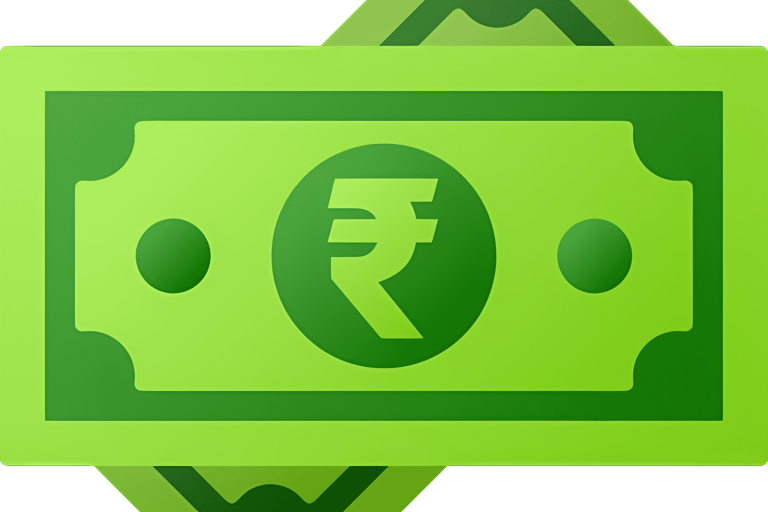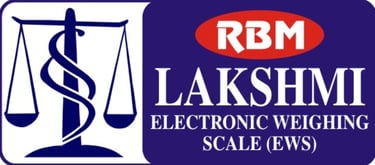Demystifying Currency Counting Machines
How They Work & Why They Matter
1/4/20252 min read
Basic of Currency Counting Machines


In today’s fast-paced world, accuracy and speed are crucial—especially when it comes to handling money. Whether you're managing a retail store, running a bank branch, or operating a casino, counting cash manually is time-consuming, error-prone, and inefficient. This is where currency counting machines come in. These devices not only save time but also improve accuracy, reduce fraud, and boost overall business productivity.
What is a Currency Counting Machine?
A currency counting machine is a device designed to count banknotes or coins. Depending on the model, it can detect counterfeit currency, sort by denomination, and even batch notes for easier cash handling. From simple counters to intelligent money sorting systems, these machines play a vital role in various financial and commercial sectors.
Types of Currency Counting Machines
Basic Note Counters
These machines simply count the number of notes fed into them. They don’t distinguish between denominations, but they’re fast and accurate for businesses dealing with pre-sorted currency.Value Counters
Unlike basic counters, these can identify the value of each note and provide a total monetary value. They’re ideal for mixed-denomination stacks.Coin Counters and Sorters
Designed for coins, these machines count and sort different coin denominations automatically, which is especially helpful in supermarkets, vending operations, and transit systems.Counterfeit Detection Machines
These machines use multiple detection technologies such as ultraviolet (UV), magnetic ink (MG), infrared (IR), and size detection to identify fake currency while counting.
Key Features to Look For
Speed and Capacity: Some machines can count up to 1,500 notes per minute.
Accuracy: Error rates are significantly lower compared to manual counting.
Batching & Sorting: Useful for preparing cash for deposits or cash drawers.
Detection Capabilities: UV, MG, and IR sensors help detect counterfeit bills.
Ease of Use: Touchscreen interfaces and intuitive controls make modern machines user-friendly.
Benefits of Using Currency Counting Machines
✅ Time Efficiency: What would take a human several minutes can be done in seconds.
✅ Error Reduction: Machines eliminate common human mistakes.
✅ Security: Counterfeit detection features protect your business from fraud.
✅ Audit Trail: Some advanced machines provide printed receipts and digital logs for record-keeping.
✅ Labor Cost Savings: With less time spent on manual counting, staff can focus on more strategic tasks.
Ideal Use Cases
Banks and Financial Institutions: Streamline teller operations and back-office processing.
Retail Stores: Improve closing time routines and ensure register accuracy.
Casinos: Count high volumes of cash with minimal downtime.
Public Transit & Parking Services: Efficiently handle coin-heavy revenue.
Events and Charities: Easily manage large donations or ticket sales.
Final Thoughts
Currency counting machines are more than just a tool—they’re an investment in efficiency, accuracy, and security. As cash continues to circulate despite the rise of digital payments, businesses that handle large volumes of cash can greatly benefit from the automation these machines provide.
Before purchasing, consider the volume of your cash transactions, the need for counterfeit detection, and whether you require mixed denomination sorting. With the right machine, you'll not only speed up your operations but also gain peace of mind knowing your cash is accurate and secure.
Let's talk
Sales Service
+91 92540-44004 0180-4005784
+91 92540-44002 0180-4015784
Email us at:
rbm29@rediffmail.com
info@rbmscales.com

© 2025. Rahul Business Machines.
All Rights reserved.
